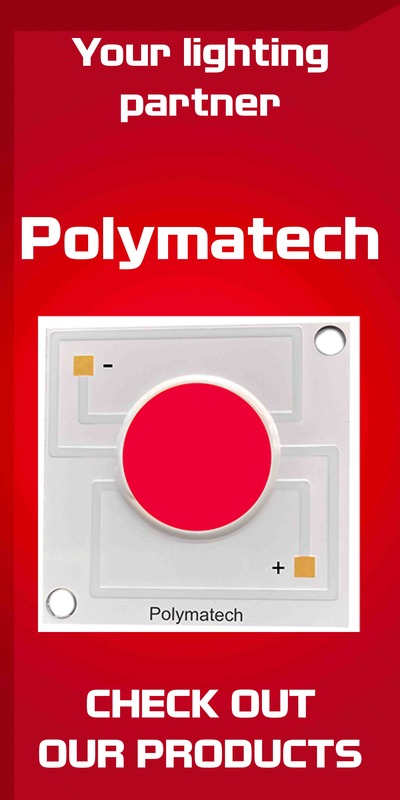The Effects of pH: Cleaning Agent Properties and Performance in Production
The miniaturization of modern electronics simultaneously reduces the distances between conductive paths and increases the likelihood of electrochemical migration and corrosion effects. Flux residues trapped under low stand-off components are of particular concern for their potential to promote dendritic growth and corrosion. Complete removal of all contamination is critically important to ensure long-term reliability. At the same time, customers and suppliers in the electronics industry strive to become more environmentally responsible, and cleaning agents have evolved to meet the challenge. Consequently, discussions, debate, and questions regarding the importance of pH in cleaning processes have become more frequent. When selecting cleaning agents to meet high-reliability demands in an environmentally responsible manner, one needs to understand both the positives and negatives across the pH spectrum and consider the impact of the cleaning agent as a whole.
This article will discuss the effect of pH on cleaning agent properties and performance. New cleaning technology innovations to address the challenges of cleaning highly dense electronic hardware is included with a particular focus on cleaning performance, material compatibility, and rinsing behavior. Surface Insulation Resistance (SIR) data under bottom termination components and environmental impact data will be presented to answer critical questions faced by electronics manufacturers today as they address reliability concerns in an environmentally responsible manner.
Read the full Technical Paper here.



